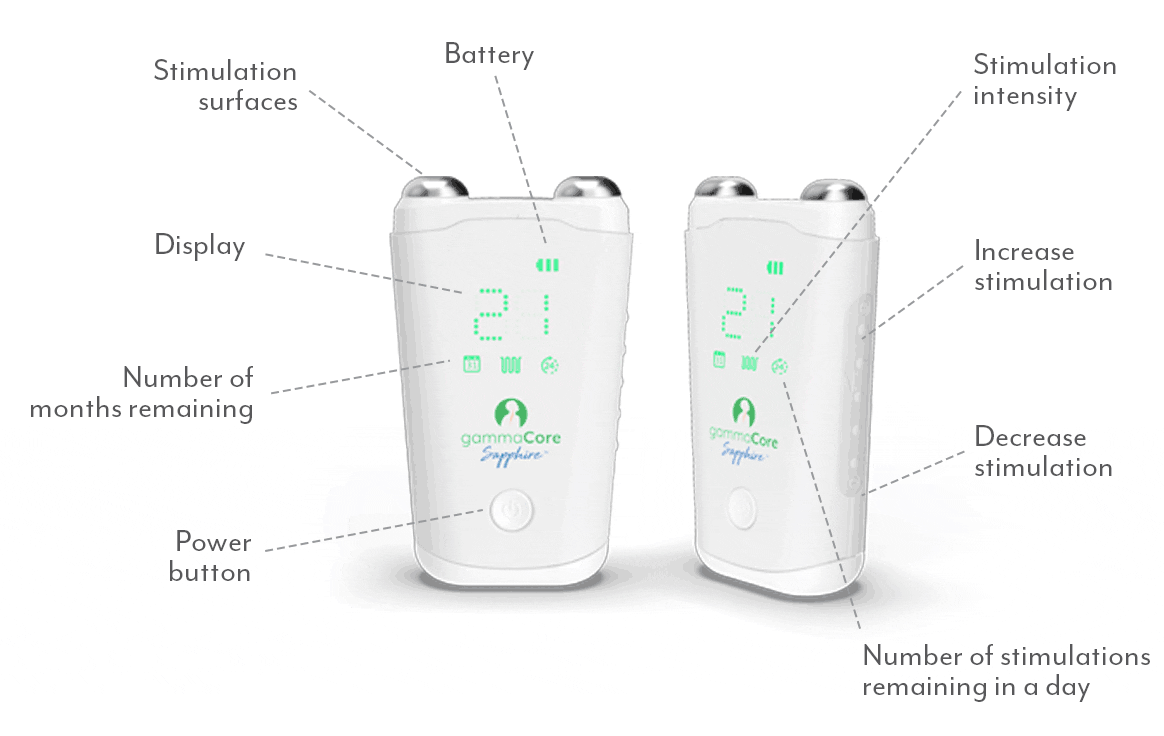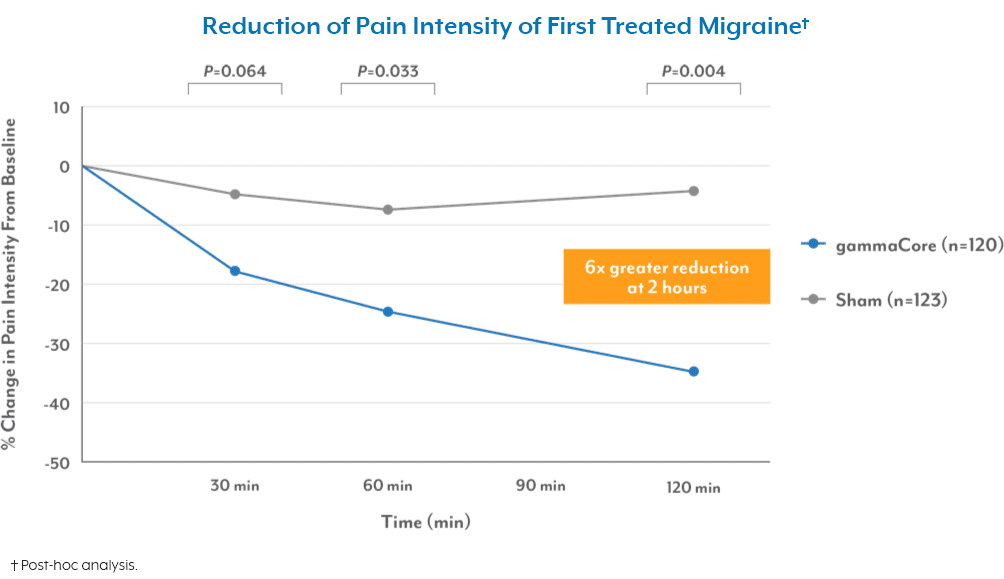
Many people look forward to the beauty of fall, but for those who suffer from cluster headache, also known as suicide headache, this time of year can be incredibly challenging. Fortunately, there are strategies you can start using right away to help manage pain and better navigate cluster headache season.
What Is a Cluster Headache?
As the name suggests, cluster headaches are intense, excruciating headaches that often occur in clusters or cycles. They are often described as the worst pain a person can experience, and the pain is usually localized to one side of the head or behind one eye. A cluster headache is more short-lived than a migraine but is extremely severe. Also, unlike a migraine that comes and goes, a cluster period can last weeks to months.
Why Fall Can Be Tough for Cluster Headache Sufferers
With its unpredictable weather patterns and seasonal changes, fall can be an especially challenging time for cluster headache sufferers, which is why it’s often referred to as “cluster headache season”. While the exact cause of cluster headaches is still unclear, there are a few factors that may trigger or worsen them during the fall season, including:
- Weather Changes: Sudden temperature changes, shifts in barometric pressure, and changes in humidity can be cluster headache triggers.
- Daylight Hours: Seasonal shifts that make days shorter and nights longer, together with the time change for Daylight Savings, can significantly affect your circadian rhythm, which is the system that regulates the sleep/wake cycle. This disruption can trigger cluster headaches, which often strike at night.
- Allergies: A cluster headache is not an allergic reaction, but seasonal allergies, like pollen and mold spores, can exacerbate cluster headache pain.
- Stress: Fall can be a stressful time for some people with the changing pace of life from going back to school or work after summer vacations. Stress is a known trigger for cluster headache.
Managing Cluster Headaches in the Fall
By staying vigilant about your triggers, practicing self-care, and seeking medical advice, you can navigate cluster headache season and help prevent painful symptoms. Here are a few key strategies that will help:
- Maintain a consistent sleep schedule. Try to go to bed and wake up at the same time every day, even on weekends. To get the best possible shuteye, avoid caffeine at least six hours before bedtime1 and swap screen time for a relaxing routine that prepares your mind and body for sleep. Adults should aim for seven to nine hours of quality sleep each night.2
- Learn how to manage your stress. Practicing stress management techniques such as deep breathing exercises, meditation, or yoga can help reduce the frequency and intensity of cluster headaches.
- Stay hydrated. Dehydration can trigger a cluster headache, so be sure to drink plenty of water throughout the day, especially on warmer days.
- Have an emergency plan in place. Be prepared with everything you need for when a cluster headache strikes. Your preparation may include having a quiet, dark room ready, a cold compress, any medications or tools that work for you, and supportive friends or family members who understand your condition and can step in when you need downtime.
Get Ahead of Cluster Headache Season with a Non-Invasive, Non-Drug Solution
If you’re in search of a non-drug treatment option to add to your cluster headache toolkit, talk to your health care provider about gammaCore™ non-invasive vagus nerve stimulator (nVNS). This FDA-cleared, handheld device is available with a prescription. It helps to prevent painful cluster headache attacks when used as little as twice a day for less than five minutes per treatment session. As part of cluster headaches supportive therapy, you can also use it up to 24 times daily to help treat unexpected attacks.
To see if gammaCore nVNS is right for you, visit our clinic finder to locate a health care provider near you, or contact our dedicated Customer Experience team at 888-903-2673 or customerservice@electrocore.com.
References
1. Drake, C., Roehrs, T., & Shambroom, J. (2013). Caffeine Effects on Sleep Taken 0, 3, or 6 Hours before Going to Bed. Journal of Clinical Sleep Medicine, 9(11), 1195–1200. https://doi.org/10.5664/jcsm.3170
2. How Much Sleep Do You Really Need? Sleep Health Foundation. Retrieved September 18, 2023, from https://www.sleephealthfoundation.org.au/pdfs/HowMuchSleep-0716.pdf



